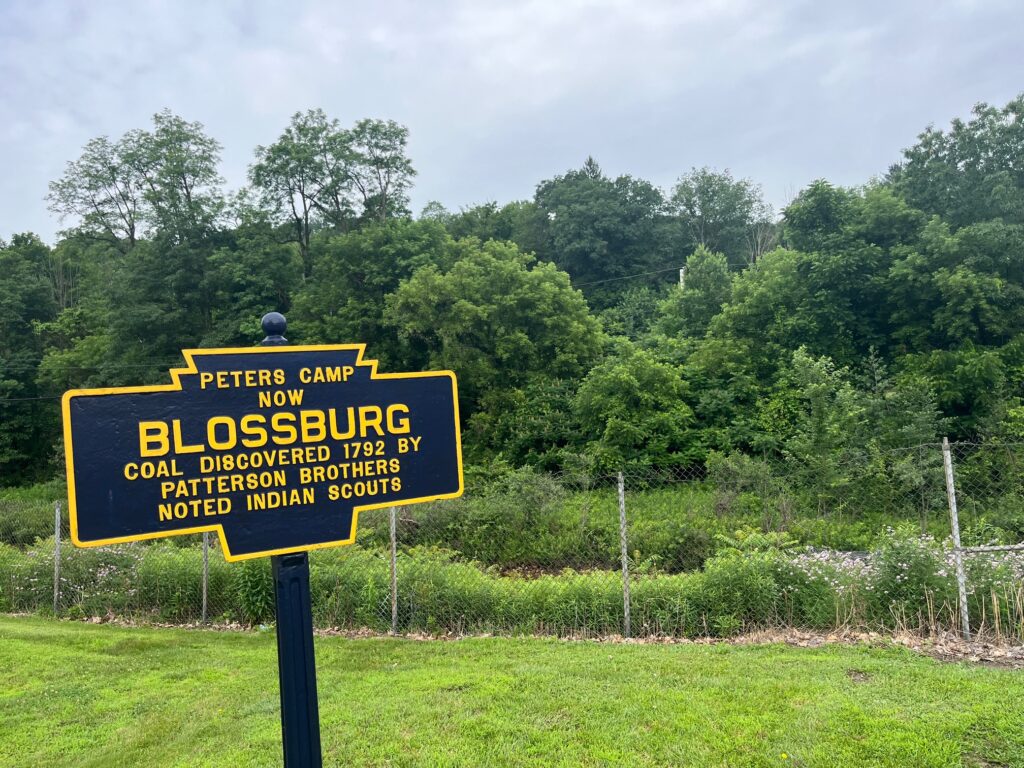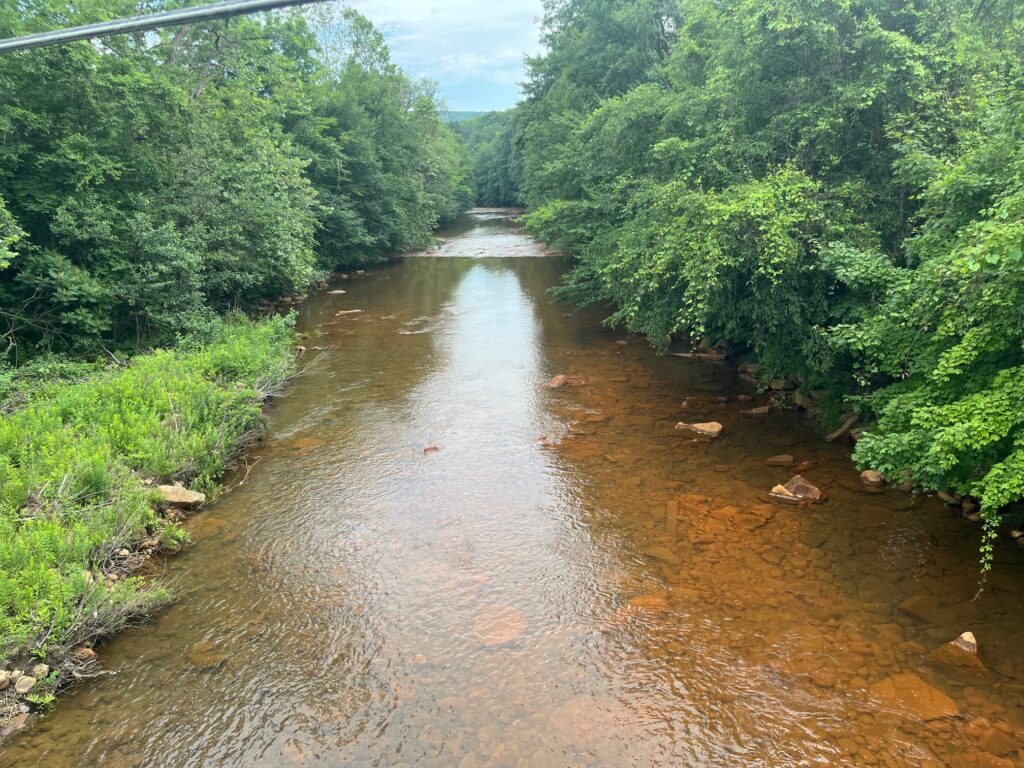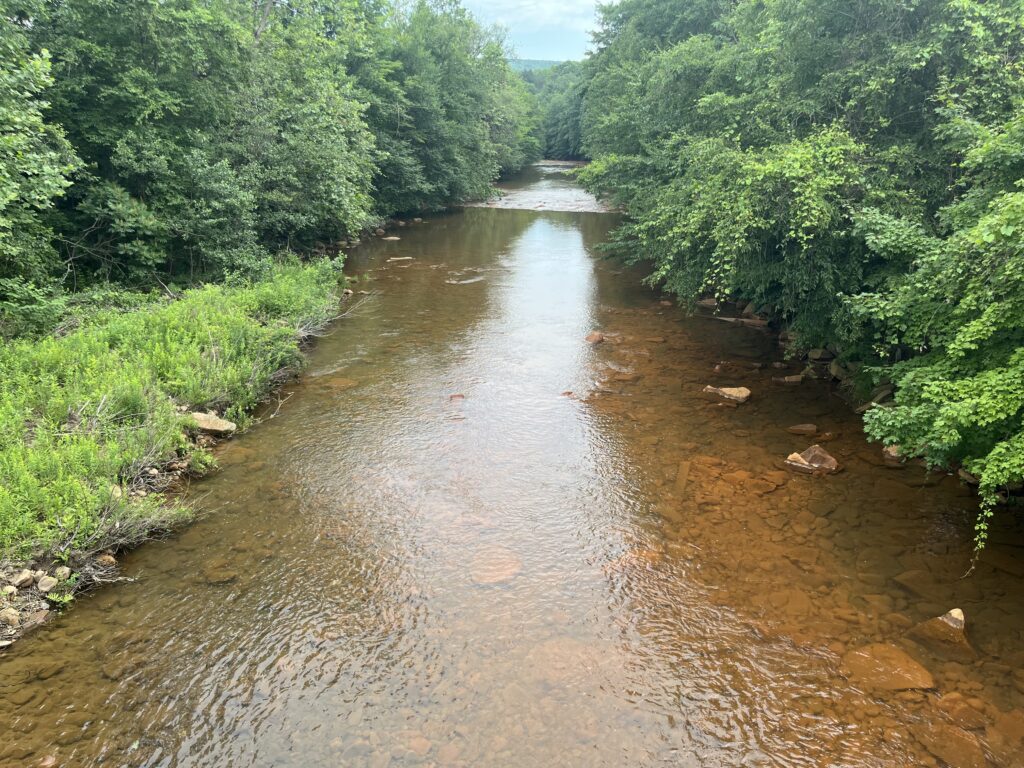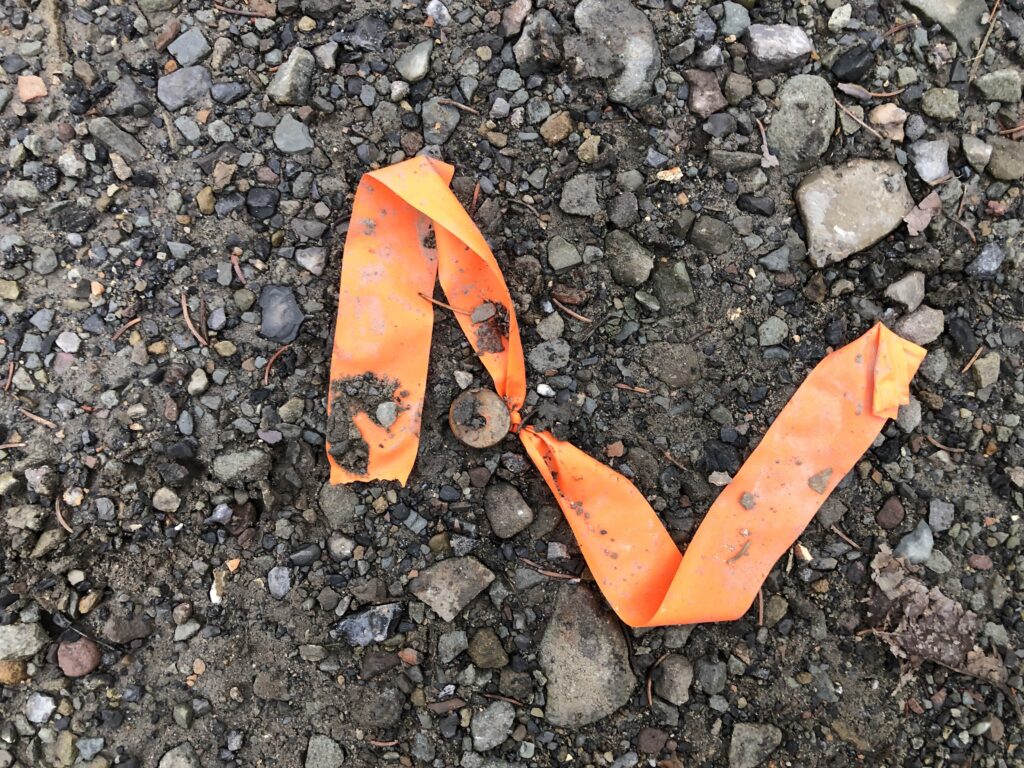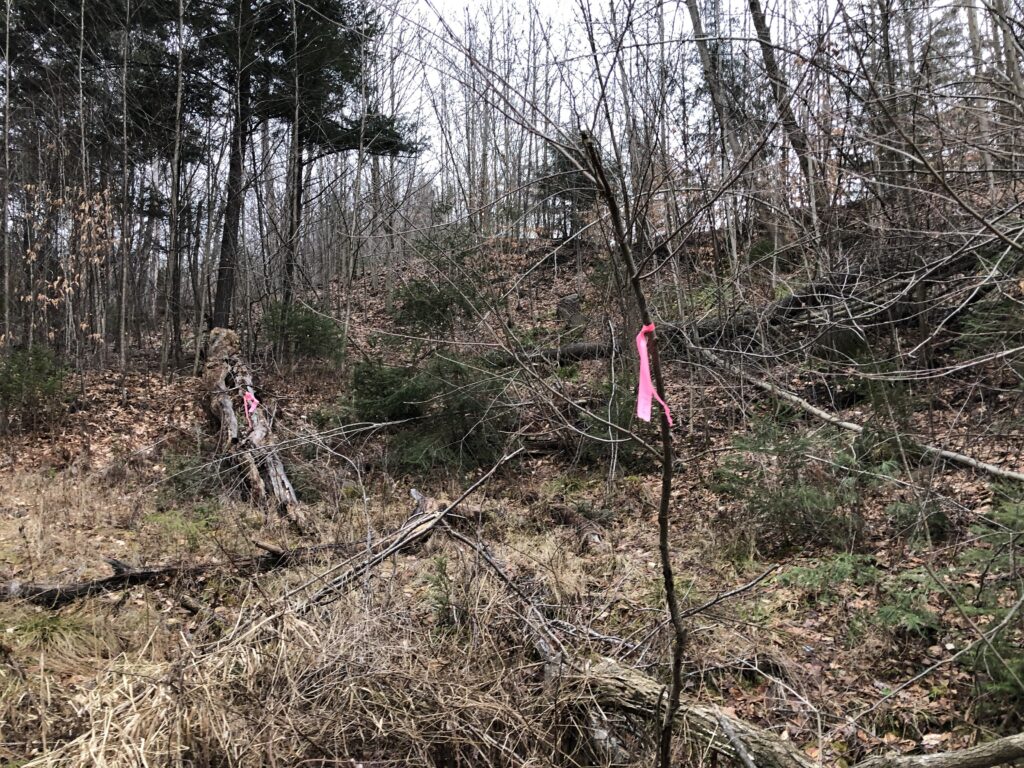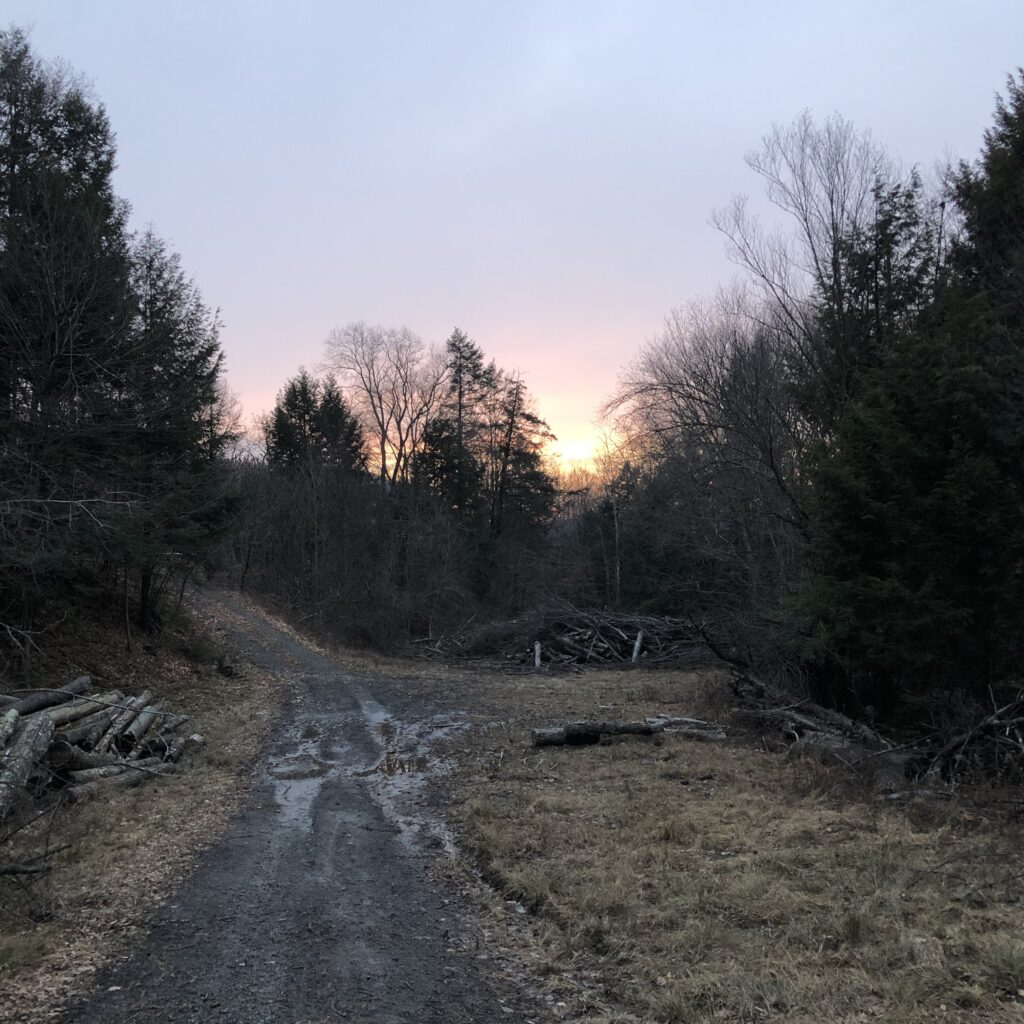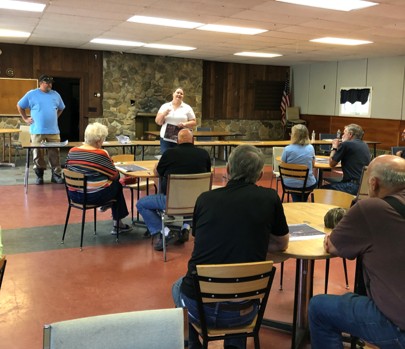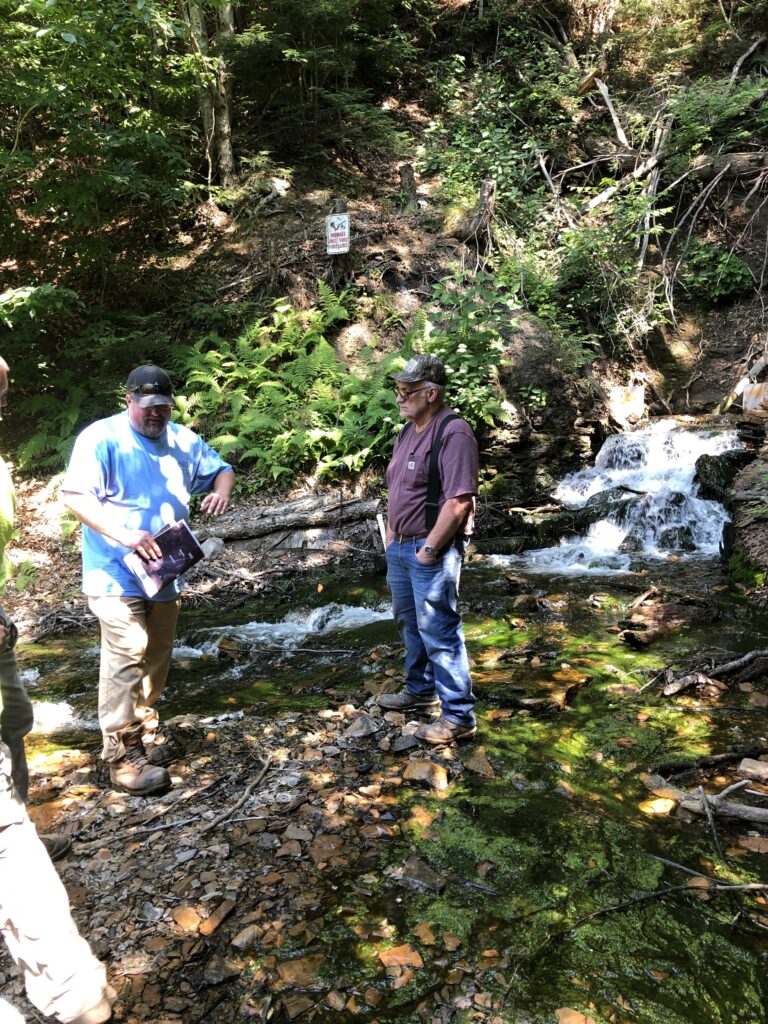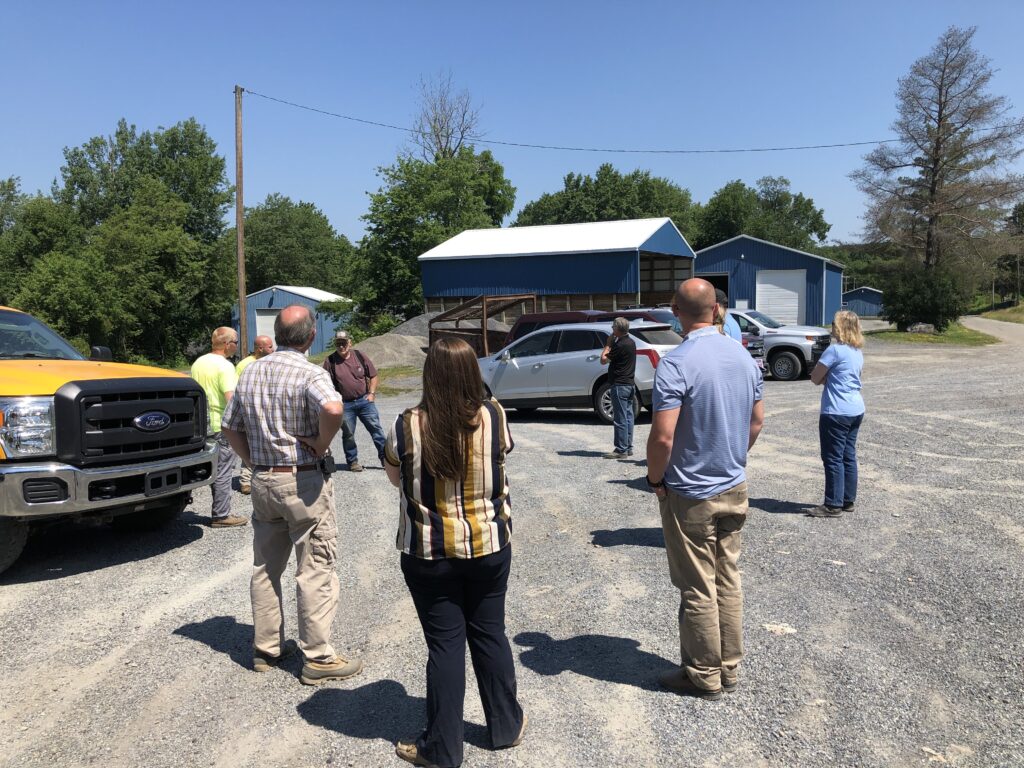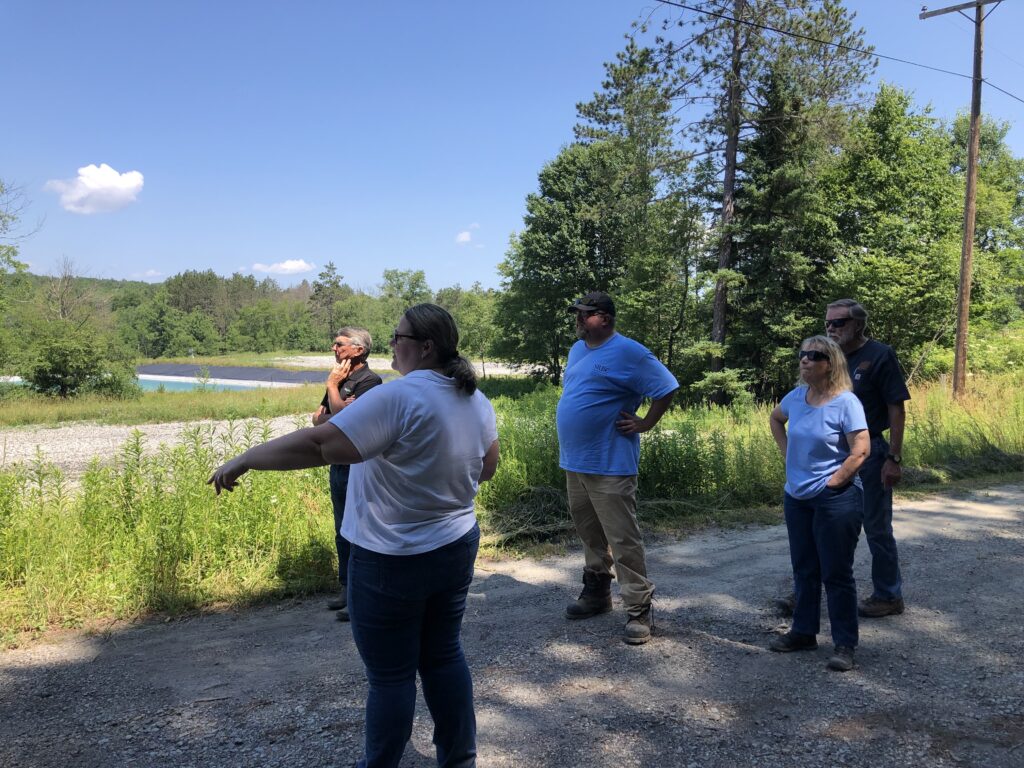Mark your calendars for Sunday, September 28 at 2:00 PM (doors open at 1:30 PM, first come/first seated) when folk musician, educator, and former coal miner Van Wagner takes the stage at the historic Victoria Theatre in Blossburg for Songs Celebrating Coal Miners of PA. This free, family-friendly concert honors the miners who shaped the region and offers an opportunity to reflect on the ongoing work to restore the Tioga River.

This concert is the final event in the Rivers, Coal & Crafts series, a series of community events led by the Northcentral Pennsylvania Conservancy (NPC), Blossburg Memorial Library, and Tioga County Conservation District. Over the spring and summer, the series brought people together through hands-on activities, storytelling, and art projects focused on the area’s mining past, the damage caused by abandoned mine drainage (AMD), and the partnerships working together to make the Tioga River healthy again.
A Look Back on the Rivers, Coal & Crafts series
In April, the series launched with a make-a-long workshop at the Blossburg Company Store, where attendees crocheted Tioga River Gnomes. The official mascot, Gnolli, was created during this event and now serves as a traveling symbol of the river’s restoration journey.
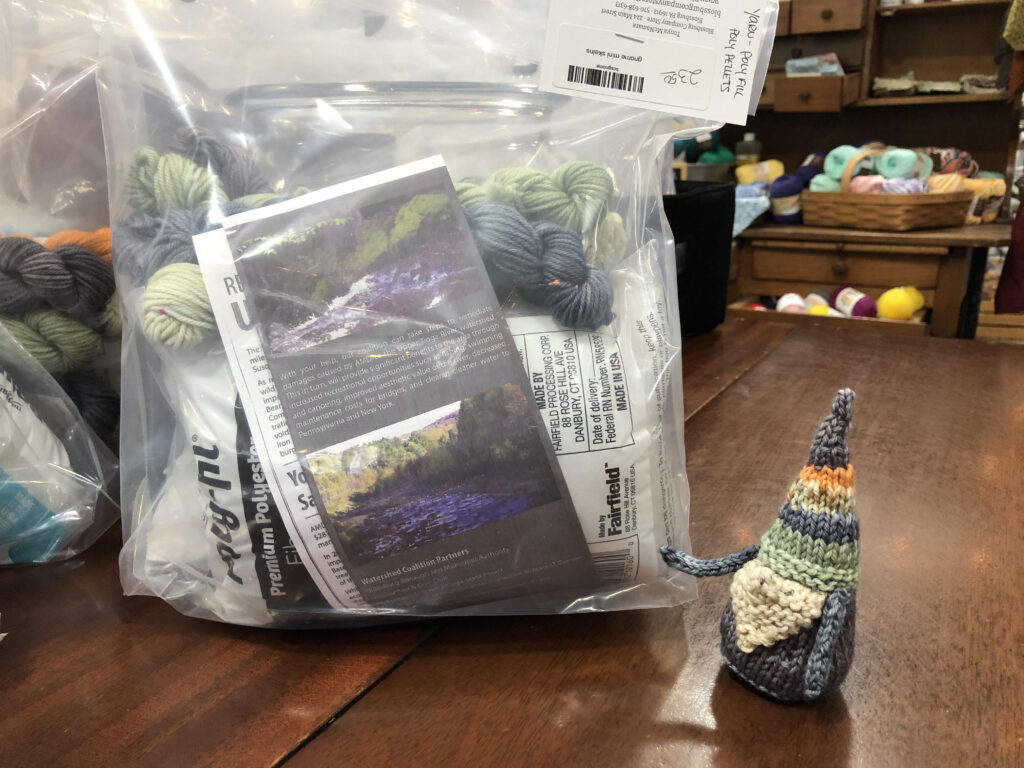
In June, artist Bibi S. Brion led an Urban Sketch Workshop, where participants used pencil and watercolor to capture Blossburg’s buildings and scenery. Later that month, families joined a Cookie Mining activity, using chocolate chip cookies to explore land use and mine reclamation in a fun, hands-on way. The month wrapped up with a Tie-Dye Party at the library. Guests dyed shirts using pigment made from iron oxide collected from AMD, turning pollution into wearable art and sparking conversations about the river’s challenges and restoration.
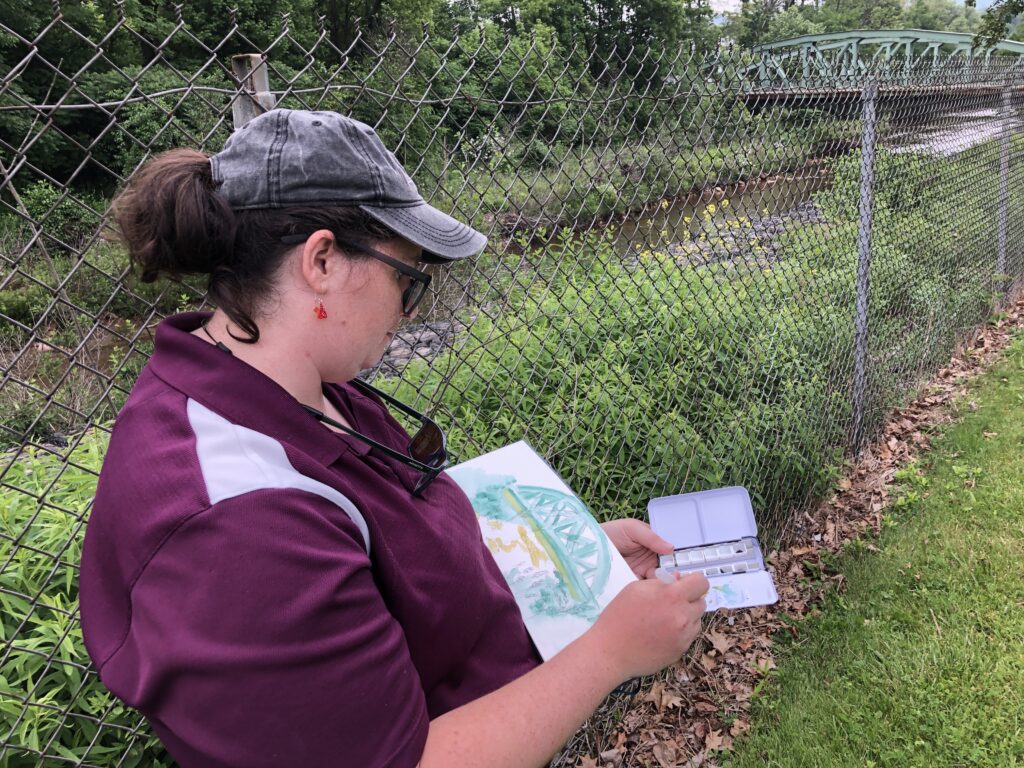

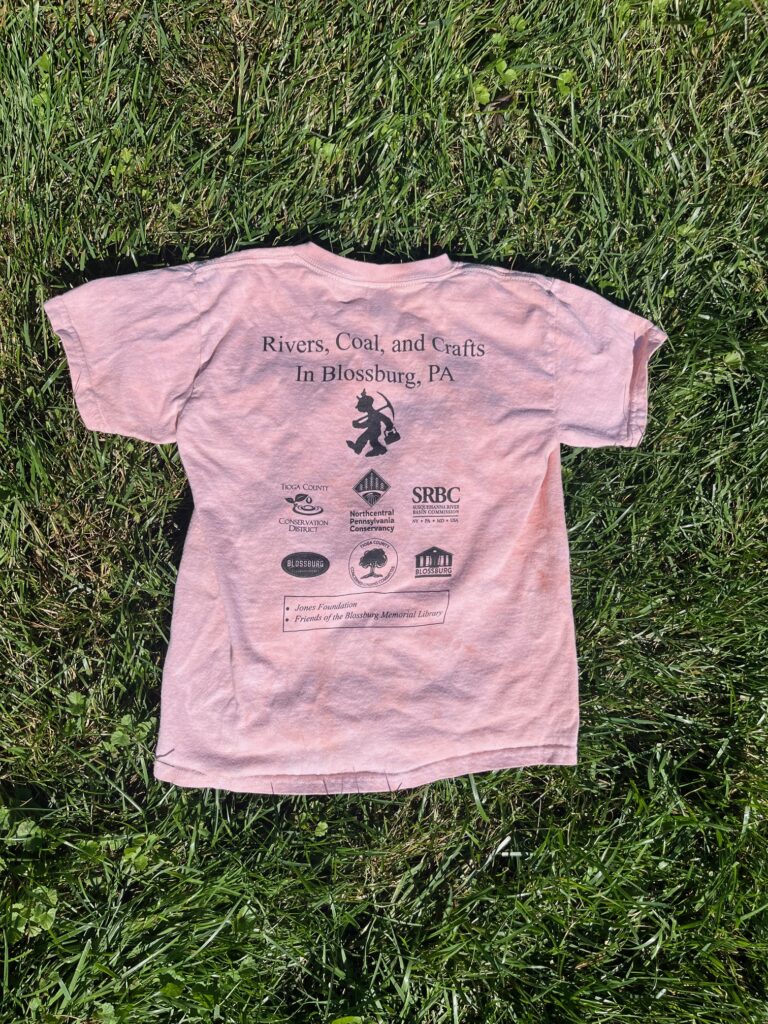
July featured the second of two workshops that invited people to help build a community Water Quilt, a fabric collage made from river-themed drawings. The finished quilt is now on display at the Blossburg Memorial Library.

Throughout the entire series, participants learned how AMD has affected the Tioga River and how NPC and partners are working together to improve the Tioga River and the land around it.
A Musical Finale in Coal Country
We hope you will join us for the final celebration on September 28 at Songs Celebrating Coal Miners of Pennsylvania to honor the community’s role in healing the River.
Song Celebrating Coal Miners of PA
Sunday, September 28, 2025
Doors open at 1:30 PM / Show begins at 2:00 PM
Victoria Theatre (222 Main St, Blossburg, PA)
Free and open to the public (First come, first seated)
This event is made possible by support from the Susquehanna River Basin Commission, The Jones Foundation, and the Friends of the Blossburg Memorial Library.
About Van Wagner
Van Wagner is an educator, forester and musical artist. In the classroom, he teaches Agriculture Science at Danville Area High School. He has been selected as Conservation Educator of the Year in 2005 from Schuylkill County and in 2007 and 2009 in Union County.
In 2012 he was awarded the Sandy Cochran award for natural resource education from the Pennsylvania Forestry Association. In 2015 the Red Cross presented Van with the Robert N. Pursel Distinguished Service Award.
Outside of the classroom he educates audiences with his music and programs on Pennsylvania History. He received an Outstanding Achievement Award in 2018 from the Pennsylvania Heritage Songwriting Contest. In 2021 he was recognized with an outstanding alumni award by the Danville High School alumni association. He is the 2025 recipient of the Penn State University School of Forest Resources alumni of the year award. In 2025 he completed his goal of climbing the tallest tree on the tallest mountain in each of Pennsylvania’s 67 counties in an effort to raise awareness about forestry in the state.
In 2024 he was awarded “best male solo artist” of the year from the Central PA music awards. His music has been featured on the History Channel, WVIA tv, Country Music Television (CMT), and in several film productions. He has released 35 original albums and published a book entitled “Coal Dust Rust and Sawdust.”
His music and programs not only entertain but inspire audiences to become involved in learning more.






